Overview
There are several national parks located across India, what makes Jim Corbett special is its sheer richness of wildlife, be it mammals, reptiles or birds. A wildlife safari in this famous national park in Uttarakhand can offer you sights of the gharial, Royal Bengal Tiger, Indian rock python, black shouldered kites and the Asiatic Elephant. And the richness of the fauna also extends to the flora, which is visible in its landscape. But what actually makes Jim Corbett National Park stand out among the other national parks is the rare experience it offers of staying inside the forest (at the Dhikala Forest Lodge). Which means that, you are surrounded, or placed right in between, all the action happening in the jungle.
It would be interesting to note that the park has been named after the renowned British hunter turned wildlife conservationist, Jim Corbett, and enjoys the status of being the oldest and the most esteemed National Park of India. Besides, it is the first tiger reserve of the country, launched under the Project Tiger in 1973. The park is blessed with a diverse landscape, consisting of hill terrains, marshy depressions, riverine belts, vast-spread grasslands, and small rivulets & lakes, that support a rich variety of flora, fauna and avifauna.
Park Overview at a Glance
- Establishment Year: 1936 as Hailey National Park.
- Located In: Nainital District, Uttarakhand
- Total Park Area: 520 sq. km. of Core Area and 798 sq. km. of Buffer Zone
- Best Visiting Time/Month: November to June
Safari Zones in Jim Corbett National Park
The park has been divided into five tourist zones, namely, Bijrani, Jhirna, Dhela, Durga Devi and Dhikala, with each having a separate gate for entry. While the former four allow jeep safaris, the latter is only restricted for canter safari excursions. Additionally, there is a Sitabani Buffer Zone, which is dotted with a large number of birding trails, and therefore, is especially popular amongst ornithologists and birders.
A number of tourists flock to the Jim Corbett National Park every year to experience its rich wilderness and bounty of Mother Nature.
Best Time to Visit Jim Corbett National Park
Jim Corbett National Park remains open to visitors from 15th November until 30th June. The Bijrani Zone, however, is open for day jeep safari tours from 15th October. The park is closed during monsoons due to heavy rainfall. The Jhirna Zone as well as the Sitabani and Sonanandi Buffer Zones are an exception and can be visited even during this season.
The magnificent Corbett National Park is best visited between November and March, when the pleasant weather offers a high probability of wildlife spotting. April to June are the best months to get a tiger spotting experience, since animals visit the water bodies to quench their thirst during this time, and can easily be spotted. Those who enjoy bird watching, must plan their visit to Corbett between November and February.
Flora & Fauna in Jim Corbett National Park
Corbett National Park is home to a wide variety of wildlife, including several animal species which are endangered. The most famous of all the wildlife is the Royal Bengal Tiger, whose population is around 215 as per the latest census. Other animals which are widely spotted in the park are asiatic elephant, buffalo, leopard, himalayan black bear, barking deer, sambar deer, chital, sloth, jungle cat and yellow-throated marten, and are the main attractions of of the park’s wildlife tourism.
Apart from that, Corbett has two of India’s three crocodilian species. It is considered to be one of the best spots to see the mugger or the Indian Crocodile, also known as gharial (one of the largest and endangered crocodiles of the world) in action. Additionally, several species of snakes including the king cobra, Indian Rock Python, Russell’s Viper and Indian Krait have also been frequently sighted here.
If you love bird watching, then your visit to Jim Corbett National Park will be a fulfilling one. The park and its neighbouring areas is home to more than 650 resident and migratory bird species. At the convergence point of River Mandal and River Ramganga, in particular, you can spot many various exotic birds like blue-winged minla, long-tailed broadbill, paradise flycatcher, long-tailed thrush, bulbuls and magpies.
During winters, migratory birds like brown-dippers, wallcreepers, brahminy ducks, ruddy shelducks, water redstarts and several varieties of wagtails can also be seen. Apart from that, Corbett is a hub for over 50 species of raptors, with some of the most spotted ones being oriental honey buzzards, black-shouldered kites, pallas’ fish eagles, lesser fish eagles, slender-billed vultures, himalayan griffons and crested-serpent eagles.
The flora and vegetation of Corbett National Park is also as rich as its fauna. The topography is characterized by hills, plateaus, riverine belts and dense forests that are home to more than 600 species of trees, bamboos, herbs, grasses, shrubs, climbers and ferns. Amongst the most visible of the trees, Sal covers almost 75% of Corbett, with the remaining 25% occupied by Khair, Sissoo, and Chir Pine.
The Male Bamboo can also be seen in abundance along with flowering plants like Kachnar, Semal, Amaltas and Madaar. Dhak or the Flame of Forest with bright orange flowers also covers a huge expanse and lends a vibrant hue to the park. A significant number of woody climbers, epiphytes and orchids are also a part of the vegetation. Among the types of grass and herbs, one can find kansi, tiger grass, khus khus, baib, cyanthia, bhilmora, and numerous others alike.
How to Reach Jim Corbett Tiger Reserve?
Corbett National Park is well connected with most of the important towns and cities across India. The section below provides detailed information about how to reach Corbett National Park by road, train or air.
By Road: Jim Corbett National Park is well-connected via Ramnagar with every major city across North India such as Delhi, Lucknow and Nainital. Tourists can either choose from the private or state operated buses that ply the route at regular intervals, or hire a cab or taxi. Some of the most popular routes to reach Corbett from different cities are enlisted below:
From Delhi via NH24: Delhi – Ghaziabad – Noida – Hapur – Gajrola – Garh Mukteshwar – Muradabad Bypass – Thakurdwara – Kashipur – Ramnagar – Corbett
From Bareilly: Bareilly – Kicha – Haldwani – Ramnagar – Corbett.
From Lucknow: Lucknow – Bareilly – Kicha – Haldwani – Ramnagar – Corbett.
By Train: The nearest railhead from Corbett is Ramnagar, located almost 12 kilometers from Corbett National Park. It is directly connected to several railway stations across Delhi, Lucknow and Varanasi. A direct train named Ranikhet Express runs from Delhi to Ramnagar on a daily basis, and counts amongst the best trains to reach Corbett from the capital city. Alternatively, tourists can also arrive at the Kathgodam railway station and visit Ramnagar by taxi or bus, which will take around three and half hours by road.
By Air: Jim Corbett National Park doesn’t have an airport of its own. If one wants to travel here by air, Phoolbagh in Pantnagar is the nearest domestic airport. It is located 65 kilometers away from Jim Corbett, and is well connected with major cities in India like Delhi and Lucknow. One can easily find a taxi from Pantnagar to Jim Corbett. Further, Delhi, which is 250 km away, is the nearest international airport, and serves as the best option for all those travelling from abroad.

 +91- 9212777225
+91- 9212777225
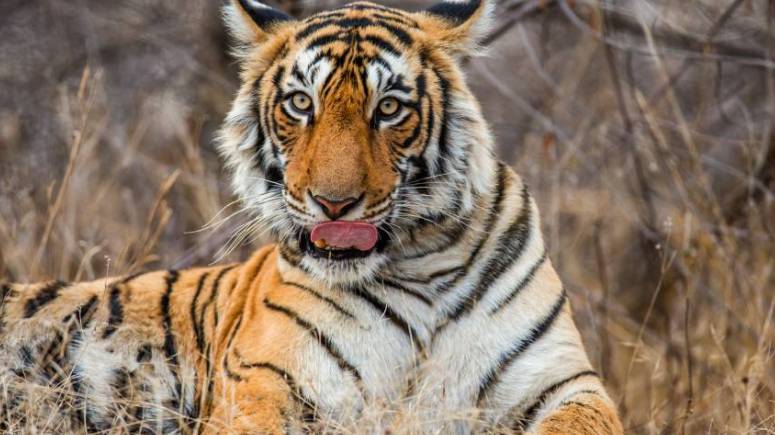
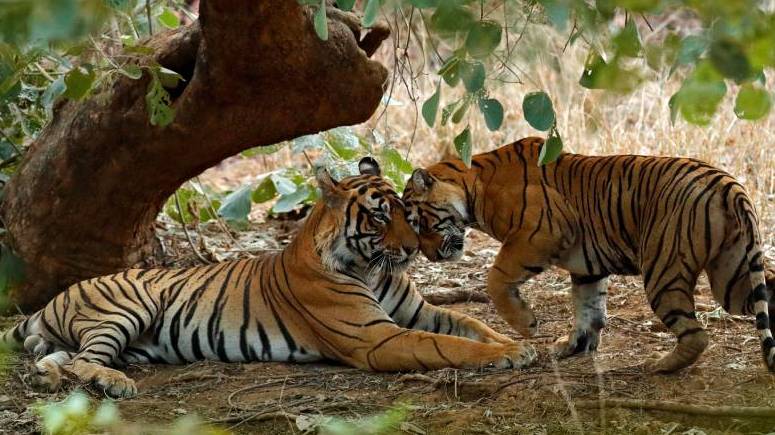
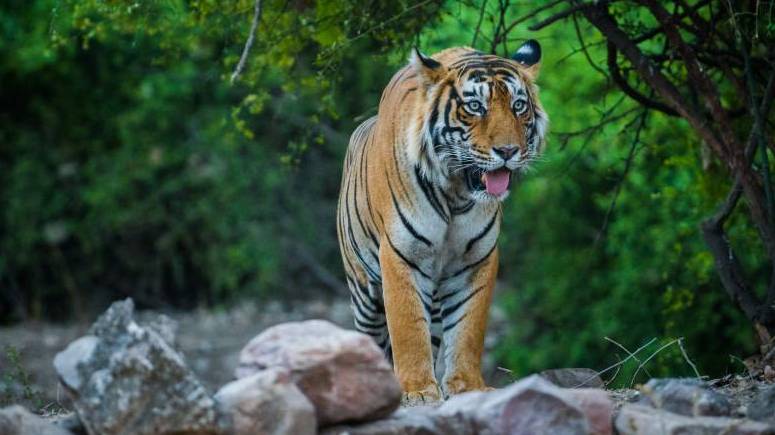
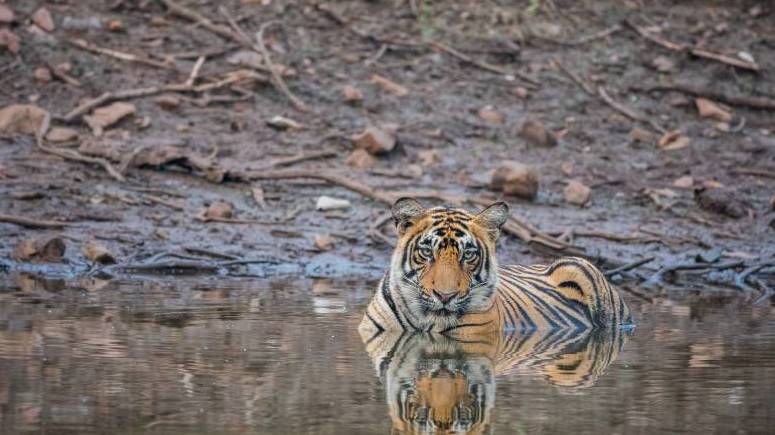
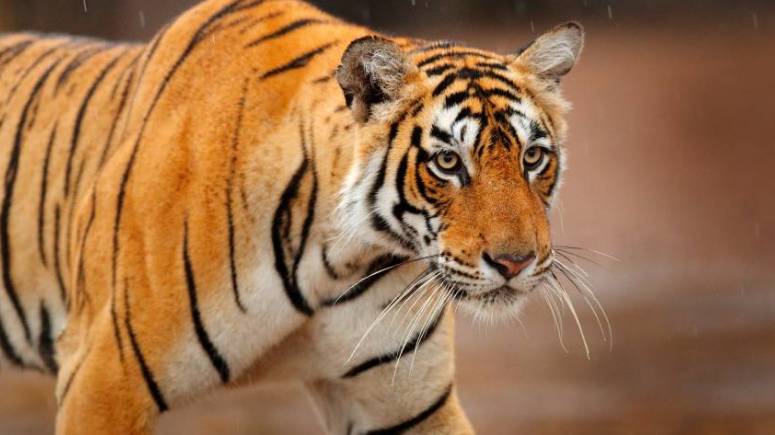

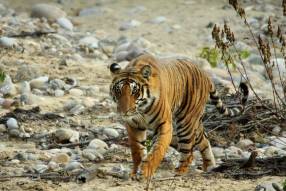
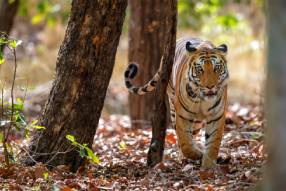
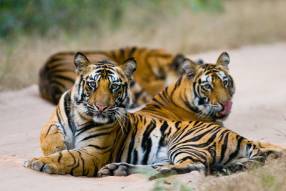
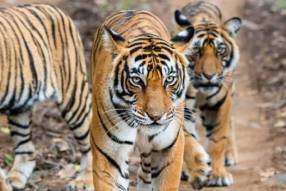

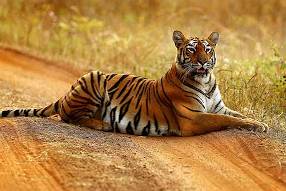
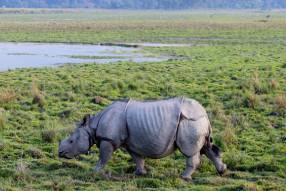
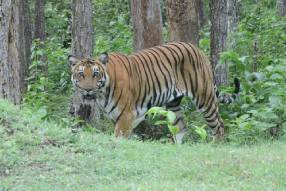
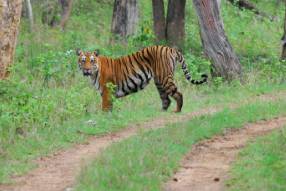
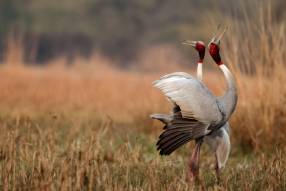
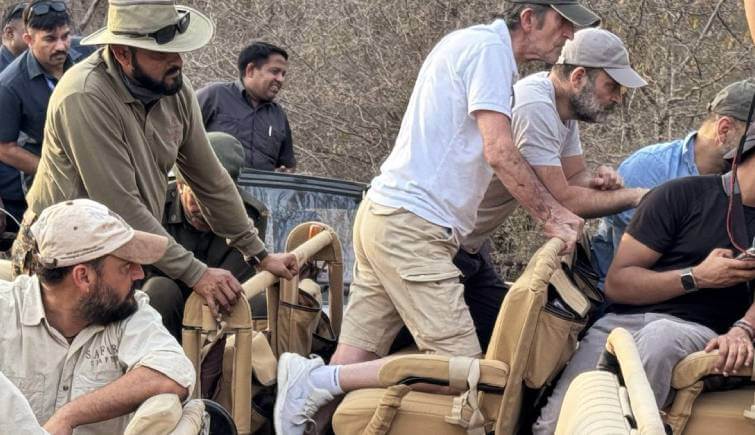
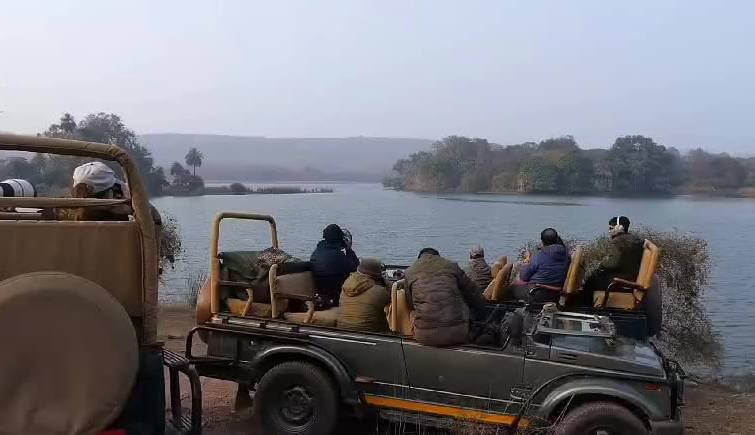
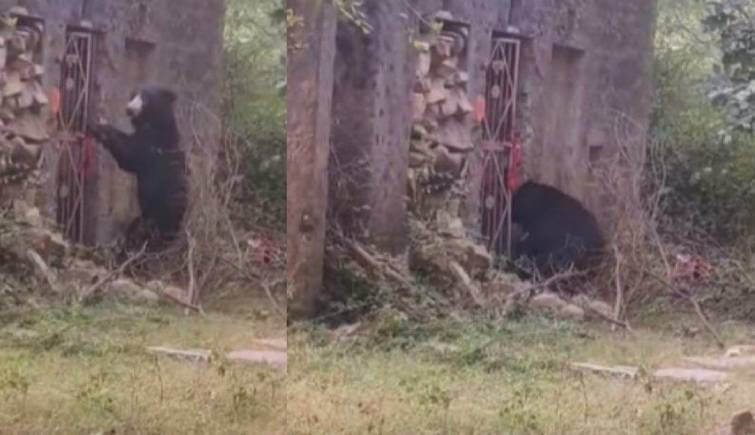
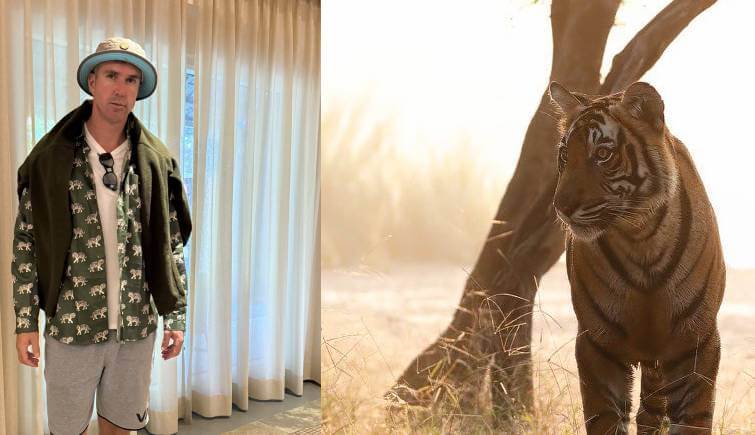




 +91-8744012007
+91-8744012007 Plan Your trip
Plan Your trip